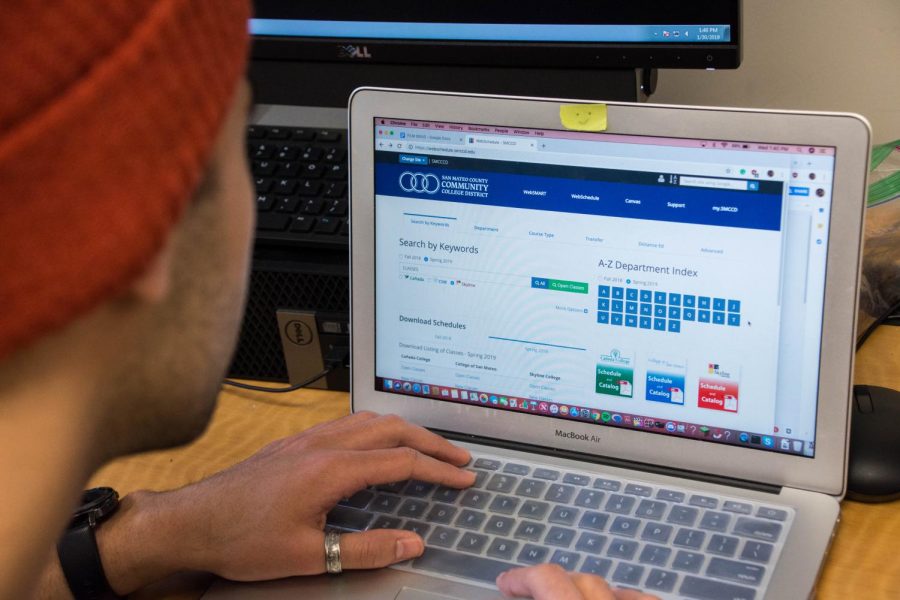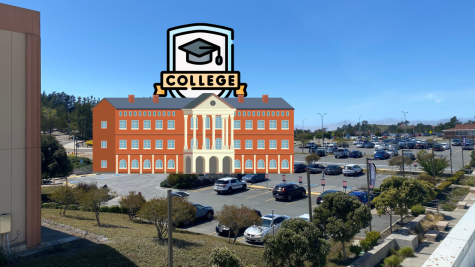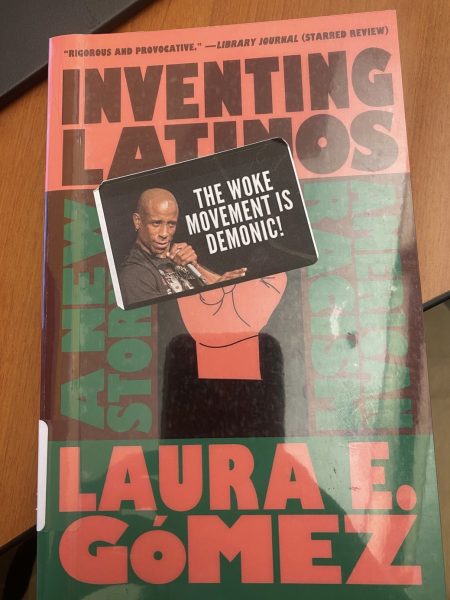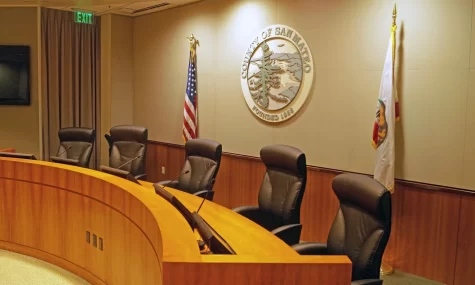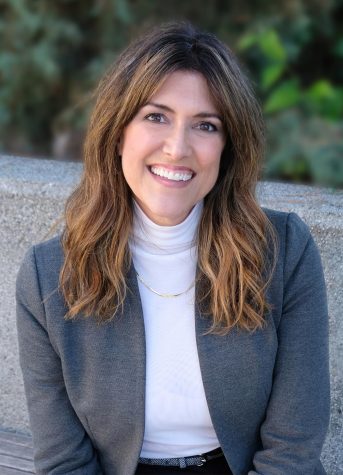Enrollment shifts for community colleges
Low enrollment in community colleges is found to be caused by post-recession economic impacts as cited in an InsideHigherEd article. Skyline College is not exempt from this issue and it affects more than the school’s budget. Low enrollment can change the teachers’ curriculum and the classroom set-up which can alter a student’s experience in community college.
Ashley A. Smith, a writer for Inside InsideHigher Ed claims, “Two-year colleges have been coping with declining enrollments since around 2010 when the Great Recession ended and the national unemployment rate began falling from about 10 percent to around 5 percent today.”
Smith continues this point: “But when researchers project demographic information to 2025, the declines become sharper.”
Smith’s article “No Bottom Yet in 2-Year College Enrollments” speaks on not only what community colleges have faced in the past with low enrollment, but also states what can be expected for the future enrollment trends. Declines in enrollment, as mentioned before, have impacted Skyline as well as other community colleges in America.
In an infographic provided by U.S. News & World Reports, Skyline’s total enrollment for the fall semester of 2013 was 10,067 whereas currently, according to Community College Review, the enrollment has decreased to 9,393 students during fall 2018 and also states, “The student:teacher ratio of 43:1 has decreased from 45:1 over five years.”
This data illustrates the impact that the recession has taken upon student enrollment as the number of students has slowly decreased. Yet Skyline still maintains a higher than average enrollment rate for community colleges in America. Although Skyline is prospering and maintains a healthy campus life with enrollment, it too has experienced this divot with enrollment.
Dr. Masao Suzuki, an economics professor at Skyline, describes the impact that a recession takes on Skyline professors and how exactly the college deals with a lower budget. “Adjunct professors are most heavily affected. More tenured professors have ‘bumping rights’.” Adjunct professors are professors who are signed to a limited-term contract and are not able to have tenure. Dr. Suzuki shows this form of budget cutting that can put certain teachers at a greater risk of unemployment than others, “You can convert a class to another class and take over an adjunct’s class, can teach during summer, or a full-time professor can replace an adjunct.” Therefore with classes being canceled, it provides the district with money in order to fund programs that are deemed important based on the amount of enrollment of students or if it is required often times for a specific major.
Although there is an effect on teachers, Sam Sanchez, a Skyline professor for digital filmmaking, states that he had a different experience than what has been expressed through the data. When asked about the impact low enrollment takes for his classes, Sanchez states, “There has been no effect. Although enrollment is lower, I still teach my classes as normal.” With the current status of enrollment for community colleges, it has impacted teachers with different amounts of severity.
Even though the impact of low enrollment may vary depending on if a professor is adjunct or not, students are affected by classes that may be canceled in the process which are required for their major. Hailey Center, a Skyline student, has been directly affected by these changes in enrollment. One of her classes that was required in order for her to transfer was canceled due to low enrollment.
“I really needed that Chem 112 class for my major and since there weren’t enough students and now I don’t know when it’s going to be offered again,” said Center. With this uncertainty created, students not only have to take in consideration their own schedule, but they have to think about how they can achieve their academic goals if a class is canceled.
Community college enrollment within America differs depending on the economic impacts such as the recession. The economy shows to be a large part in the decision that students take to enroll and it is the enrollment of students which ultimately decides the preservation of certain classes.



